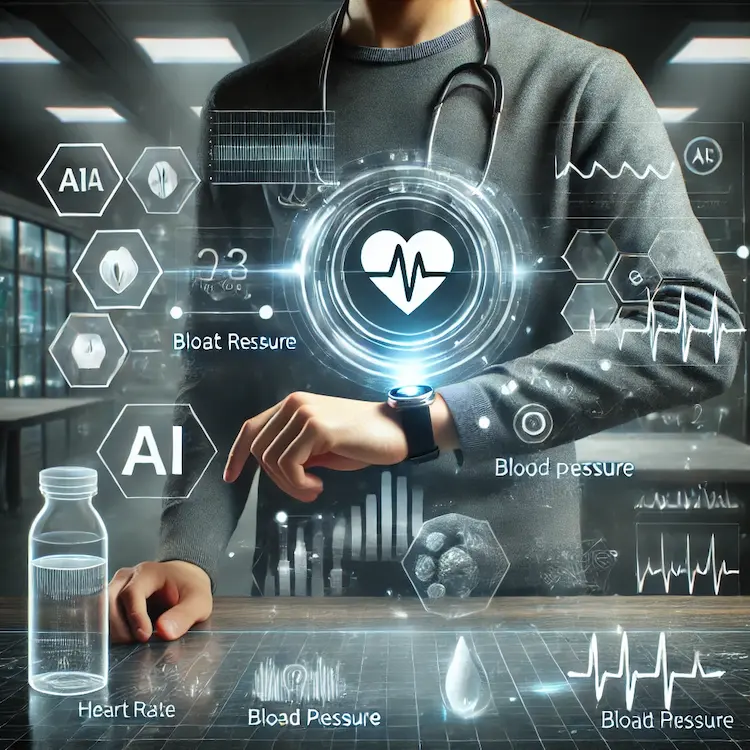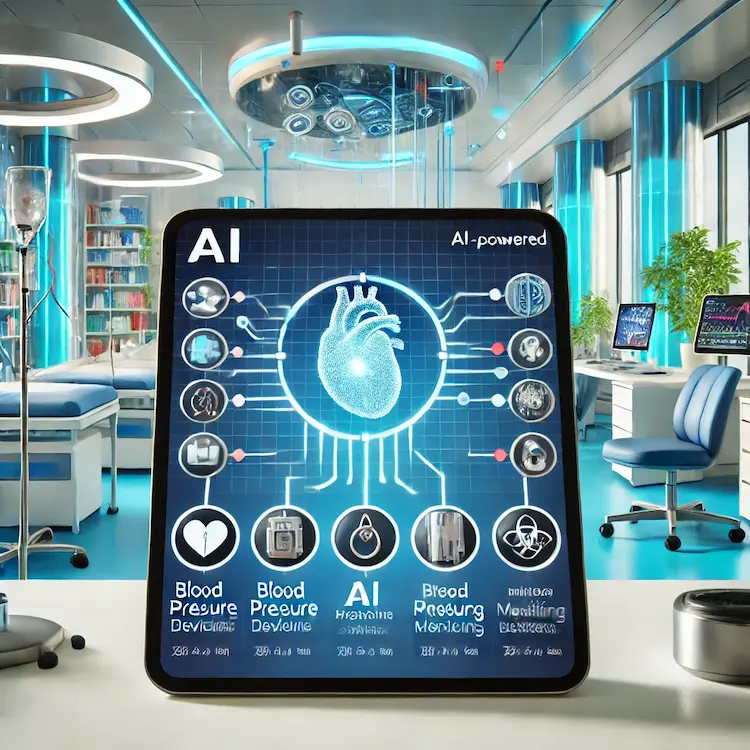Blood pressure monitoring is crucial for diagnosing and managing hypertension, a leading risk factor for cardiovascular diseases. Traditional blood pressure measurement methods, such as manual sphygmomanometers and automated digital monitors, have limitations, including inaccuracies due to improper usage and infrequent readings. Artificial Intelligence (AI) is transforming blood pressure monitoring by enabling continuous, non-invasive, and more accurate assessments. This article explores how AI-powered technologies enhance blood pressure monitoring, their potential health and societal impacts, and the challenges in adopting these innovations.
AI algorithms analyze vast amounts of data to detect patterns and anomalies in blood pressure readings, reducing human error and inconsistencies. Machine learning models trained on large datasets can identify fluctuations and predict potential cardiovascular risks.
Unlike traditional methods that provide only occasional readings, AI-powered wearables and smart devices offer real-time monitoring, helping individuals and healthcare providers track trends and detect issues early.
AI tailors blood pressure management strategies based on individual health profiles, lifestyle patterns, and genetic predispositions, enabling personalized treatment plans.

Modern smartwatches and fitness trackers incorporate AI to estimate blood pressure using photoplethysmography (PPG) and other sensor-based techniques. Examples include:
AI-powered optical systems analyze blood flow patterns via facial recognition technology to estimate blood pressure. These systems rely on computational models to detect subtle skin tone changes reflecting vascular activity.
Innovative AI-driven devices eliminate the need for inflatable cuffs by using bioimpedance, pulse transit time (PTT), and tonometry to estimate blood pressure:
Smartphone apps leverage AI to analyze photoplethysmography (PPG) signals from fingertip or facial scans, offering non-invasive and convenient blood pressure tracking:
| Method | Technology Used | Accuracy | Invasiveness | Ease of Use |
|---|---|---|---|---|
| Traditional Cuff-Based | Sphygmomanometer (manual/digital) | High | Invasive | Moderate |
| Wearable Devices | PPG, optical sensors | Moderate | Non-invasive | High |
| Camera-Based AI | Facial recognition, PPG | Moderate | Contactless | High |
| Cuffless Monitors | PTT, bioimpedance | High | Non-invasive | High |
| AI Mobile Apps | PPG, smartphone sensors | Moderate | Contactless | Very High |
AI-powered systems continuously track blood pressure trends, identifying potential risks before they develop into severe conditions.
Remote monitoring reduces hospital visits and enhances accessibility, especially for individuals in remote or underserved areas.
AI-driven insights help users adopt healthier habits by providing recommendations based on real-time data.
AI-powered monitoring relies on sensitive health data, raising concerns about data protection and compliance with regulations like HIPAA and GDPR.
AI algorithms require extensive training and validation to ensure accuracy comparable to clinical-grade devices.
Seamless integration with electronic health records (EHRs) is essential for effective AI-driven healthcare solutions.

AI is revolutionizing blood pressure monitoring by providing more accurate, continuous, and accessible solutions. While challenges like data security and accuracy persist, AI-powered technologies offer significant benefits in preventing and managing hypertension. As AI continues to advance, integrating these innovations into mainstream healthcare will enhance patient outcomes and reduce healthcare costs.